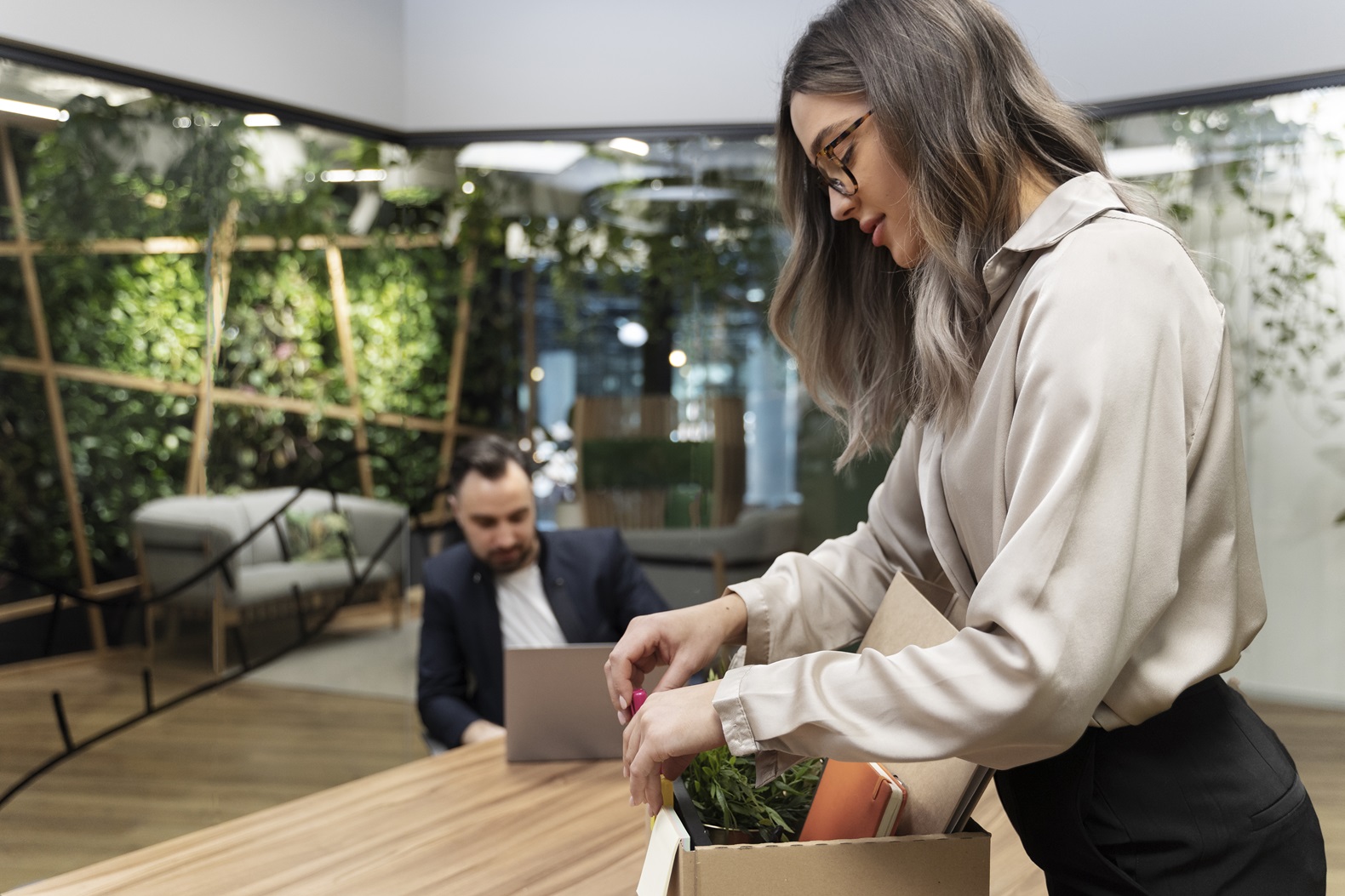Table of Contents
- The Importance of Eco-Friendly Business Practices
- Understanding Eco-Conscious Consumers
- Sustainable Practices for Businesses
- Green Initiatives to Implement
- Cost Savings Through Eco-Friendly Approaches
- Enhancing Your Brand Image
- Communicating Your Commitment to Sustainability
- Measuring Success and Impact
The Importance of Eco-Friendly Business Practices
In today’s marketplace, adopting eco-friendly business practices is no longer just a trend; it is a necessity. Businesses are recognizing the importance of sustainable practices not just to align with ethical standards, but also to attract a growing demographic of eco-conscious consumers. Implementing these practices signals a commitment to environmental responsibility, which can influence purchasing decisions significantly.
Market Demand for Sustainability
The surge in demand for sustainable products and services is evident. According to a recent study, nearly 60% of consumers are willing to change their shopping habits to reduce environmental impact. This shift indicates that companies prioritizing green initiatives will gain a competitive edge.
Understanding Eco-Conscious Consumers
It’s vital to comprehend the motivations behind eco-conscious consumers. These individuals are not only concerned about the products they purchase but are also vigilant regarding the business ethics behind the brands they support.
Characteristics of Eco-Conscious Consumers
Recognizing what drives these consumers will help you tailor your marketing strategies effectively. Here are some defining traits:
- Prioritization of sustainability in lifestyle choices
- Expectation for transparency from brands
- Willingness to pay a premium for sustainable products
- Advocates for recycling and responsible consumption
Sustainable Practices for Businesses
To attract eco-conscious consumers, businesses must adopt genuine sustainable practices. Here are several actionable methods:
1. Sustainable Sourcing
Ensure that the materials and ingredients used are sourced sustainably. This includes:
- Using renewable resources
- Partnering with suppliers who adhere to sustainable practices
- Reducing the carbon footprint of transport logistics
2. Energy Efficiency
Implement measures to reduce energy consumption in operations, such as:
- Using energy-efficient appliances
- Incorporating natural light in office spaces
- Utilizing renewable energy sources like solar or wind
3. Waste Reduction
Implement strategies aimed at minimizing waste. This includes:
- Adopting a zero-waste policy
- Encouraging recycling among employees and customers
- Reducing single-use items and promoting reusable options
Green Initiatives to Implement
After establishing sustainable practices, the next step involves implementing specific green initiatives that resonate with consumers.
1. Eco-Friendly Packaging
Opt for sustainable packaging solutions that are biodegradable or recyclable. This reduces environmental impact and enhances your brand’s image as environmentally responsible.
2. Carbon Offsetting
Consider investing in carbon offset programs to manage your organization’s emissions. Compensating for your carbon footprint not only contributes to environmental sustainability but also appeals to eco-conscious consumers.
3. Community Engagement
Engage in local community initiatives focused on environmental preservation. Activities such as tree-planting events or clean-up drives foster community goodwill and demonstrate a commitment to environmental responsibility.
Cost Savings Through Eco-Friendly Approaches
Adopting eco-friendly business practices can yield significant cost savings, countering the misconception that sustainability is solely an expense.
Efficiency Equals Savings
Investing in energy-efficient appliances and practices reduces utility costs in the long run. Moreover, minimizing waste leads to lower disposal expenses.
Increased Loyalty and Repeat Business
Attracting eco-conscious consumers fosters loyalty. Customers are likely to return to brands that align with their values, leading to increased sales and reduced marketing costs.
Enhancing Your Brand Image
A commitment to sustainability positively impacts your brand image. Here’s how:
1. Building Trust
Transparency about your sustainability efforts builds trust among consumers. Share your journey and the steps you are taking towards enhancing your business ethics.
2. Engaging Storytelling
Implement storytelling in your marketing strategy to convey your brand’s sustainability mission. This engagement fosters a deeper connection with your audience.
3. Collaboration with Eco-Friendly Brands
Partner with other sustainable brands or organizations to enhance your visibility while promoting shared values.
Communicating Your Commitment to Sustainability
Effectively communicating your commitment to sustainability is essential for appealing to eco-conscious consumers.
1. Social Media Outreach
Utilize platforms like Instagram, Twitter, and LinkedIn to share your sustainability journey, challenges, and achievements. Regular updates keep your audience engaged and informed.
2. Website Transparency
Your website should reflect your commitment to sustainable practices. Highlight your eco-friendly initiatives prominently and include a dedicated section for sustainability information.
3. Email Campaigns
Incorporate sustainability as a recurring theme in your email campaigns. Update your customers on new eco-friendly products, initiatives, and company milestones.
Measuring Success and Impact
To ensure your green initiatives and sustainable practices are effective, implement methods for measuring success.
1. Set Clear Goals
Establish measurable goals related to sustainability, whether it’s reducing waste by a particular percentage or increasing the use of renewable materials.
2. Use Analytics Tools
Employ analytics tools to gather data on consumer engagement and purchasing behavior related to your sustainability initiatives. This can help to quantify the impact of your practices.
3. Solicit Customer Feedback
Regularly seek feedback from customers regarding your sustainability practices. Use surveys and social media polls to gain insights on their perceptions and preferences.
Eco-friendly business practices are more than just a trend; they reflect a genuine commitment to the planet and its people. By adopting these practices, businesses not only draw in eco-conscious consumers but also cultivate a brand identity that values environmental responsibility and business ethics. Implementing sustainable practices can lead to substantial cost savings while enriching your brand image.










